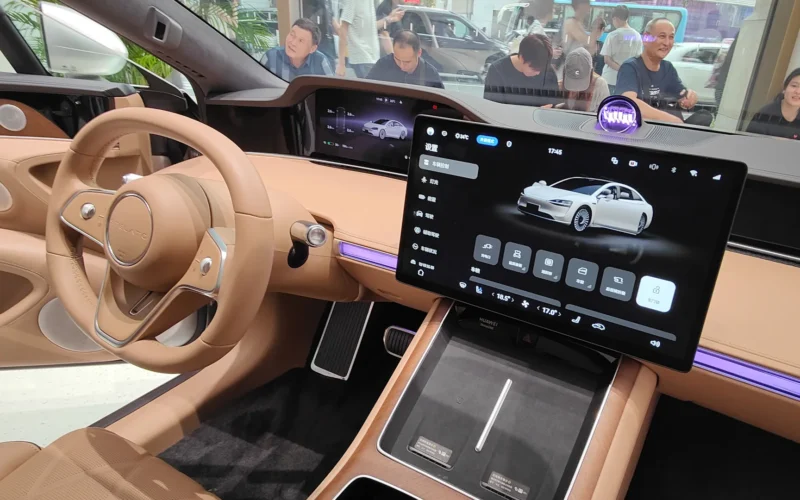In a decisive move aimed at bolstering national security, the United States government is planning to ban certain hardware and software products made in China and Russia from use in American cars, trucks, and buses. This proposal stems from growing concerns about the potential risks associated with foreign technology, particularly in the realm of autonomous driving and vehicle connectivity. Officials worry that such technologies could allow adversaries to remotely manipulate vehicles on American roads, posing a significant threat to both safety and privacy.
The Threat of Remote Manipulation
As vehicles become increasingly connected through the Internet of Things (IoT), they now come equipped with advanced technologies such as cameras, microphones, and GPS tracking systems. Commerce Secretary Gina Raimondo expressed that these features, while enhancing functionality, also raise serious concerns about national security. “It doesn’t take much imagination to understand how a foreign adversary with access to this information could pose a serious risk,” she stated. The ability to remotely control a vehicle could have devastating consequences, not just for individual drivers but for public safety as a whole.
Current Landscape of Technology Use
Interestingly, the use of Chinese or Russian-made software in American vehicles is currently minimal. However, the proactive approach from the US government signals a strong intention to prevent any future risks before they materialize. By taking targeted steps now, officials aim to safeguard American citizens from potential threats arising from foreign technologies.
International Response
The Chinese government has voiced strong opposition to the US’s planned ban, arguing that it unfairly targets Chinese companies. Lin Jian, a spokesman for China’s Foreign Ministry, criticized the US for broadening the concept of national security. He urged the US to respect market principles and provide a fair and transparent business environment for Chinese enterprises. This highlights the ongoing tensions between the US and China, particularly in the tech sector.
Broader Implications

The proposed ban is part of a larger strategy by the White House to limit China’s presence in the automotive supply chain. In addition to the technology ban, the US has raised tariffs on electric vehicles and their batteries and has imposed restrictions on the import of Chinese-made cargo cranes, citing cybersecurity risks. These measures reflect a growing skepticism towards foreign involvement in critical industries.
Implementation Timeline
The proposed prohibitions on software will take effect with the 2027 model year, while hardware regulations are slated to begin three years later. This timeline provides the automotive industry with a necessary buffer to adapt and rework their supply chains, ensuring a smoother transition to compliant technologies.
Industry Perspective
John Bozzella, the president and CEO of the Alliance for Automotive Innovation, which represents major automotive manufacturers, acknowledged that while little technology currently comes from China, the proposed rules will compel companies to seek new suppliers. He emphasized the complexity of the automotive supply chain, stating, “You can’t just flip a switch and change the world’s most complex supply chain overnight.” The lead time included in the proposed rule should help manufacturers adjust, although some may find the timeline challenging.
The US government’s initiative to ban certain Chinese and Russian technologies from vehicles underscores a significant shift in national security strategy. As cars increasingly incorporate sophisticated technologies, ensuring their integrity against foreign threats becomes paramount. While the international response, particularly from China, highlights potential trade tensions, the ultimate goal remains the protection of American citizens and infrastructure. The next steps involve public commentary and the finalization of rules that will reshape the automotive landscape for years to come.





